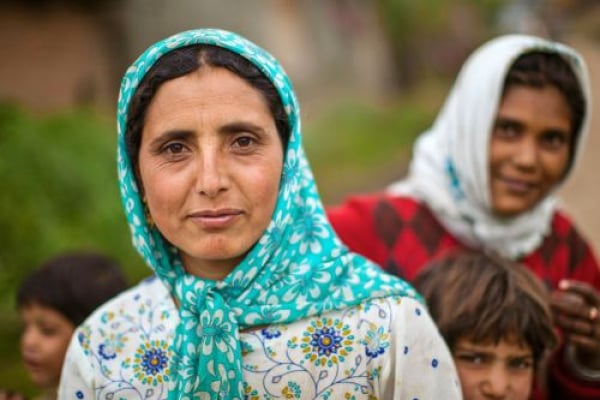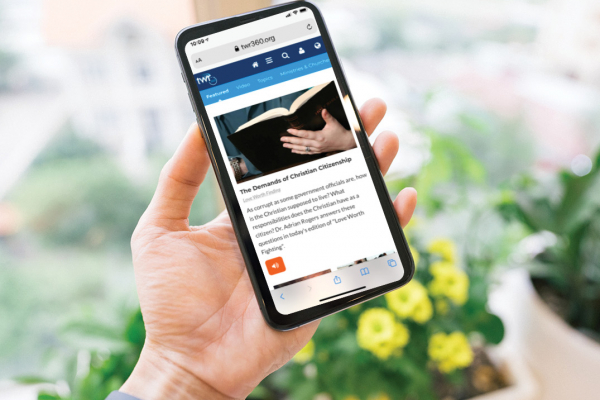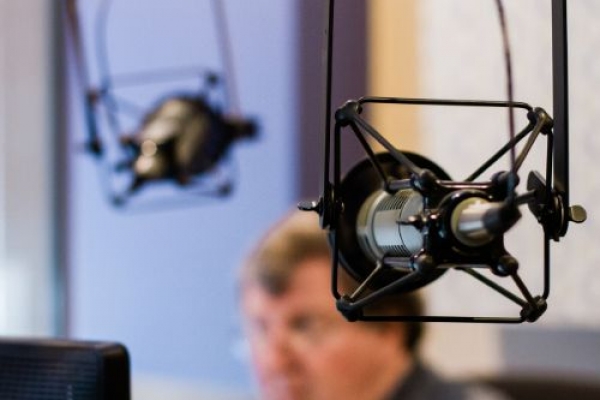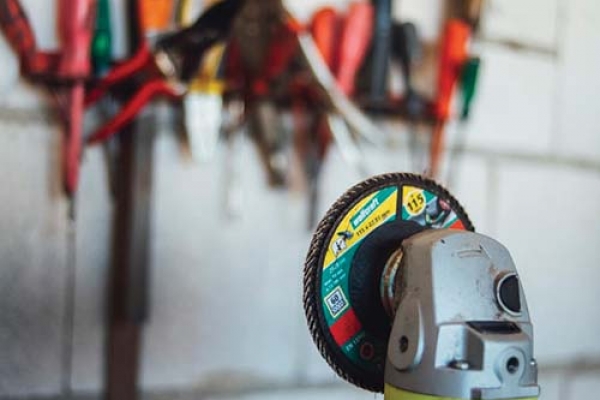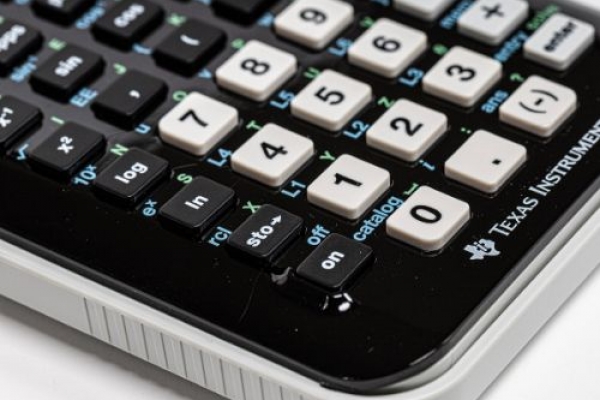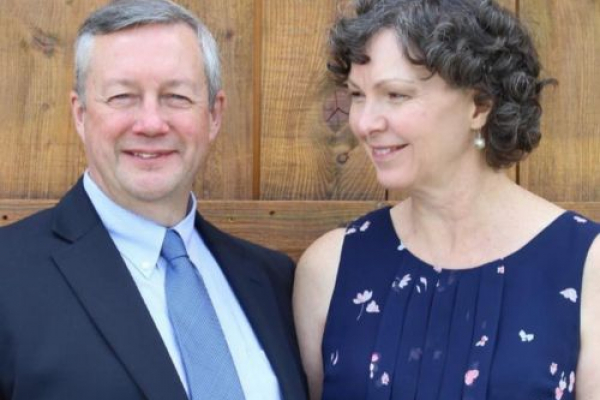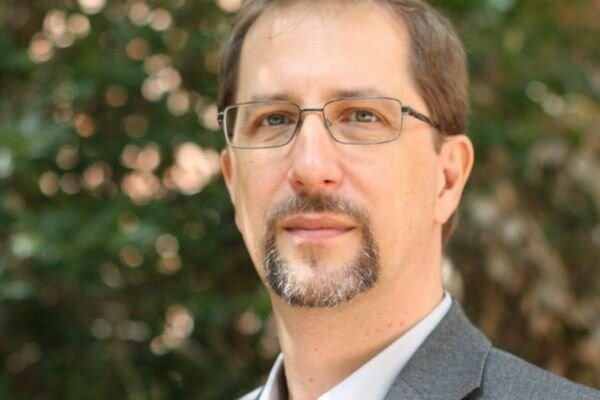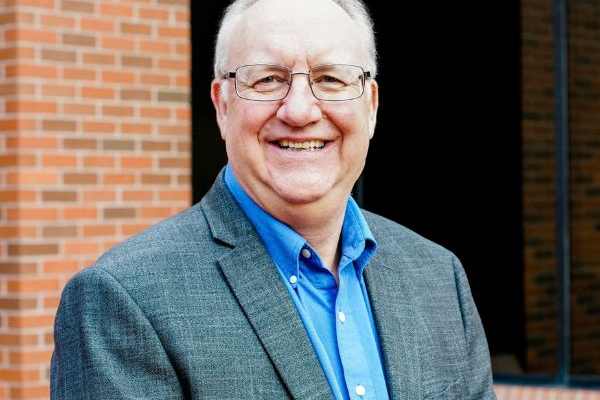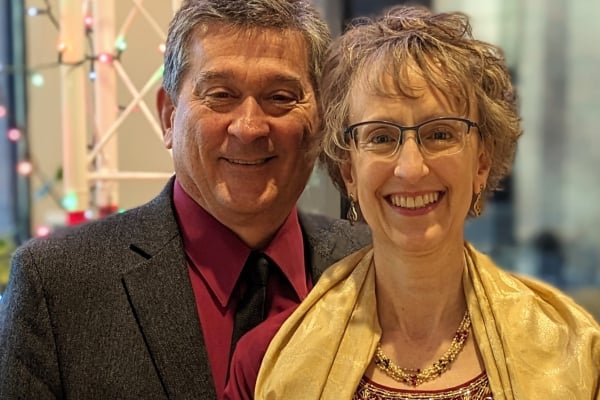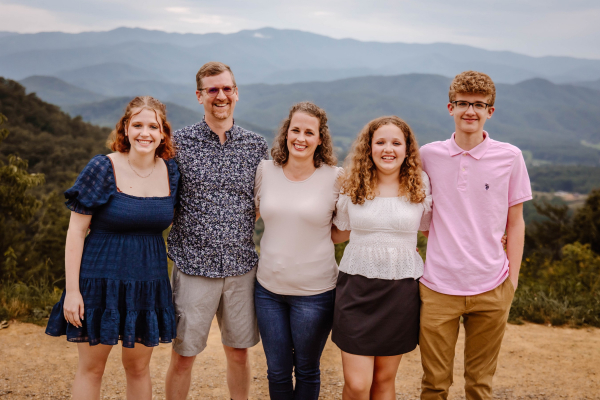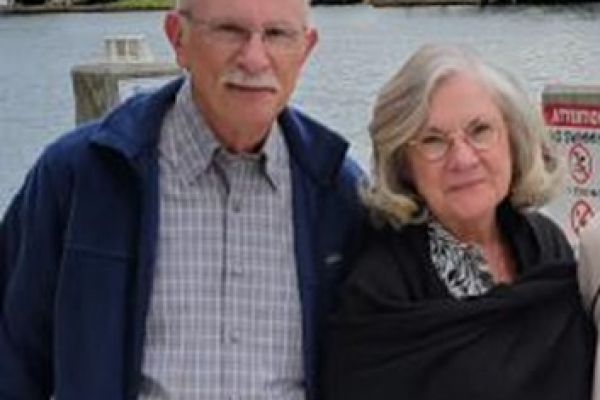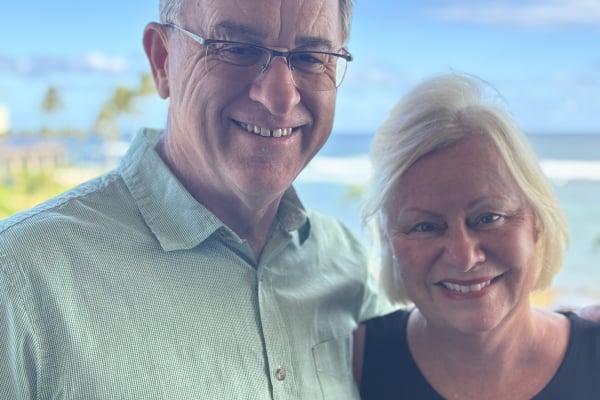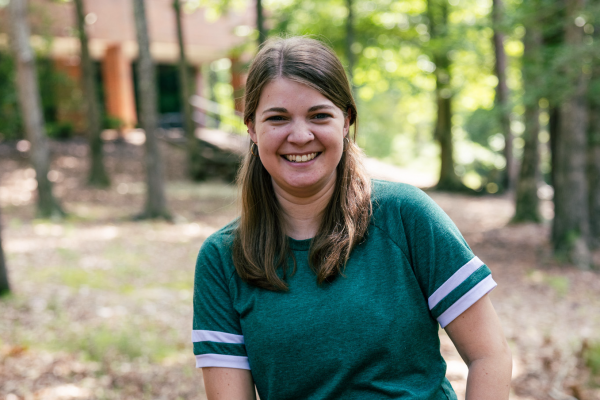
Island Sunshine Brings Renewable Energy to TWR Bonaire
The tiny island country of Bonaire is a stunning place. Located just 50 miles north of the coast of Venezuela, it boasts year-round sunshine, warm temperatures and lush beaches perfect for snorkeling and scuba diving. It also happens to be the home of the most powerful medium-wave (AM) transmitter in the Western Hemisphere.
TWR Bonaire transmits programs such as A Través de la Biblia, Tierra Firme and Entre Jovenes* into Cuba, Venezuela, Brazil and other countries of Latin America and the Caribbean. But as you might expect, the 450,000-watt transmitter, which began broadcasting in January 2018, requires a significant amount of electricity.
Although residents number only about 21,000, Bonaire has seen a population increase of about 9% over the past three years, taking a considerable toll on energy expenditures. While Bonaire previously relied predominantly on fossil fuels, local authorities have begun moving toward using more clean, renewable sources of energy like solar power.
TWR Bonaire has also felt the effects of high utility expenses. Despite taking steps such as reducing use of artificial lighting and air conditioning, the staff still faces substantial day-to-day costs. Both to save money and to show solidarity and enthusiasm with the island’s endeavors to become more environmentally friendly, TWR Bonaire commissioned a project to install a solar-power system at the studio and office building, the nerve center for ministry operations on Bonaire. With an abundance of brilliant sunshine, Bonaire is an ideal location for solar energy to power island operations.
After years of consideration, the solar-panel project was finally launched with the primary goal of reducing operational costs at TWR Bonaire and ensuring future viability of the ministry. Due to the incremental decrease in the price of solar power and the success of a similar solar-panel project in Guam, the Bonaire team felt this was the perfect time to get the ball rolling. The installation of nearly 100 solar panels will generate an estimated $11,000 per year in cost savings.
The project consists of first installing a carport at the office, providing an elevated mounting point for the solar panels while simultaneously delivering protection to TWR vehicles from the sun and elements. Once the carport is in place, 96 solar panels will be mounted on a framework of six steel beams 3 meters in the air. The project, in this way, serves a twofold purpose: protecting TWR vehicles from damaging ultraviolet rays and transforming those once-harmful rays into renewable energy.
Other repairs needed to take place before the carport could be installed, such as upgrading electrical panels and establishing reinforced concrete anchors. The studio and office required circuit breakers and wiring to accommodate the equipment that converts solar-generated power to usable electricity. Fortunately, TWR Bonaire received assistance from several seasoned TWR staff members.
“We are so grateful for all of the help that came to Bonaire to do this work. It would have taken too much time for our team here to do all the work ourselves,” said Jonas Fischer, technical director for TWR Bonaire.
Veteran missionary Chuck Saunders, who recently retired from TWR, arrived in Bonaire to train the team on safely operating the new jackhammer-equipped backhoe, an excavating machine used for digging and transporting materials. Additionally, retired missionary Jim Munger brought a team of five workers, three of whom were certified electricians, to navigate the electrical wiring and upgrades.
TWR mechanical engineering interns Caleb Kulesza and Sam Toenies jumped in wherever was needed, completing tasks that included digging holes by hand for the concrete anchors, opening a trench and laying about 150 feet of polyvinyl chloride (PVC) conduit to hold electrical cables.
With a fantastic team, generous donors and countless hours of hard work, the solar-panel project team was able to complete much of the project in preparation for the flipping of the switch to bring sunshine-generated energy to TWR Bonaire’s station. Then up popped one of those glitches that so often affects big projects like this: When the steel pieces that would form the carport arrived on the island, a manufacturing error prevented them from fitting together properly.
Thankfully, Fischer said, the supplier agreed to fix the problem, and the Bonaire team is awaiting the arrival of the new materials so they can get the solar panels up and working. Fischer expects the new shipment to be on hand sometime in October.
Steve Shantz, TWR’s vice president for Latin America and the Caribbean, said, “It’s amazing how God provided the funding through generous donors so that we can use green energy to lower our dependency on the power grid. I’m astounded how God also provided the people, talent and equipment to pull out this project. This is a boost to our operations and an encouragement for our Bonaire team.”
Now that TWR Bonaire can save roughly $11,000 per year, that money can be allocated toward other important aspects of ministry. With solar panels partially powering stations in Bonaire, Guam and West Africa, the focus shifts to Johannesburg, South Africa, where plans call for an installation at the TWR Africa regional office.
* A Través de la Biblia (Thru the Bible program) airs in English, Portuguese and Spanish. Tierra Firme (Solid Ground), which provides a Christian perspective on current issues, and Entre Jovenes (Among Youth) air in Spanish.





